A Comprehensive Guide to Disinfect Your Home After Sickness
It’s that time of year again when the flu is going around and making everyone sick. If you or a loved one has been unfortunate enough to contract the flu, it’s important to sanitize your home as soon as possible. In this blog post, we will discuss the best ways to sanitize your home after someone has been sick. We’ll also go over the difference between sanitizing and disinfecting and provide a list of products that you can use to get the job done. Don’t let the flu take over your home – sanitize now!
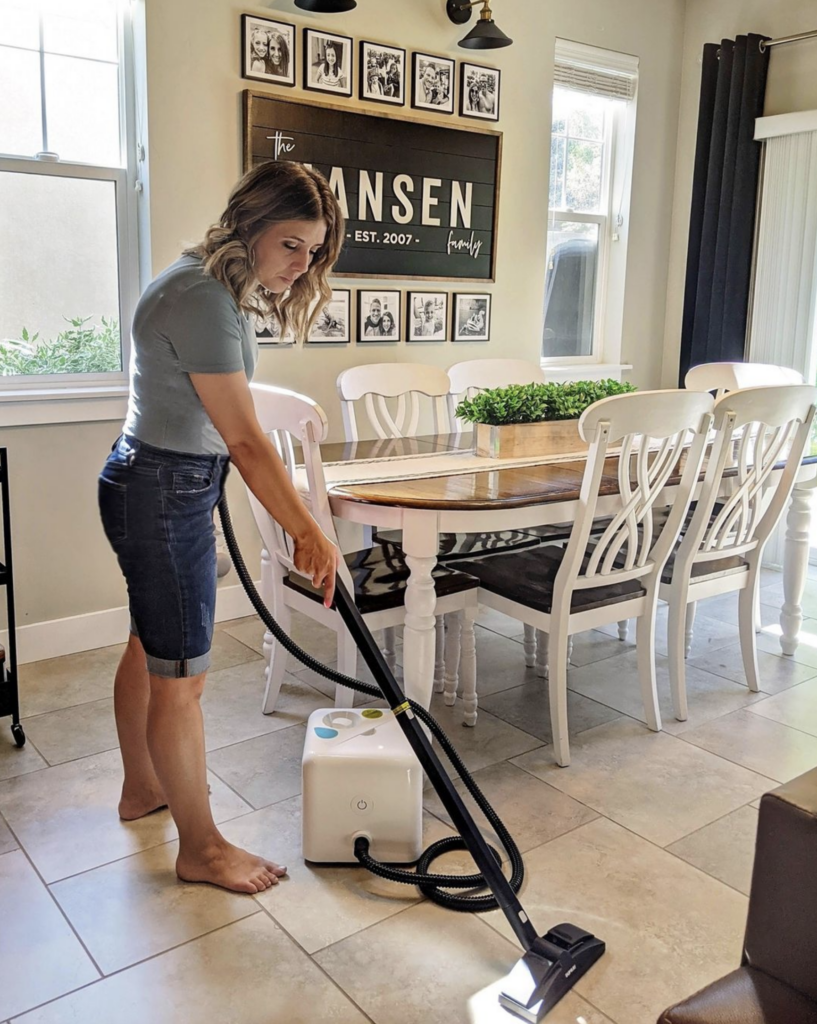
How long does flu live on surfaces?
It can be difficult to know exactly how long the flu virus will live on surfaces in your home. But the PubMed website says that “Both influenza A and B viruses survived for 24-48 hr on hard, nonporous surfaces such as stainless steel and plastic but survived for less than 8-12 hr on cloth, paper, and tissues.”
For this reason, it’s important to sanitize any surfaces that have come into contact with someone who has been sick, and it’s important to be thorough.
You’ll Love this post, too!
Whether you’re sick right now or not, this is a MUST-READ list of Essential Items to Stock Up On For When You Are Sick. Because nobody wants to shop when they’re sick.
When you’re super sick, you don’t want to do anything but sleep…but sometimes you feel well enough to get bored. Here are 60 Things to Do When You’re Sick
What is the difference between sanitizing and disinfecting?
Using a product that disinfects is the most effective way to get rid of germs on surfaces according to the CDC (Centers for Disease Control and Prevention). Disinfectants are chemicals that kill bacteria, viruses, and fungi.
Sanitizing is different from disinfecting in that it reduces the number of germs on a surface, but does not necessarily kill them all. So if you’re wanting to be very thorough, use disinfecting products over sanitizing products.
Disinfecting Products Recommended by the CDC:
- Chlorine
- Hydrogen Peroxide
- Detergents
- Iodophors (iodine-based antiseptics)
- Alcohols

Should you clean when you’re sick?
If you or someone in your household are still suffering from cold and flu viruses, it is still important to use disinfecting spray throughout the sickness in order to prevent it from spreading to another family member.
How to Disinfect the House after the Flu
There are a few important key surfaces that you may not think of when it comes to disinfecting surfaces after a family member (or yourself) has been sick. First, you need to think of all of the places that the sick person has been since they’ve been sick. It’s harder to keep kids contained in one space than adults so you may need to kill germs in more areas if you’ve had sick kids.
Here is a list of areas that you need to remember to clean when your household falls ill:
- Refrigerator handles
- Remote control
- Light switches
- Dining table
- Door handles and door knobs
- Cell phones
- Garbage cans
- Computer keyboards
- Stuffed animals
- Dirty clothes
- Cabinet knobs
- Stuffed toys and animals
- Food areas
- Bed frame
- Bedding
- Couch
- Blankets and pillows used by the sick person
- Nightstand
- Deep Clean all areas of the bathroom
TOOLS YOU’LL NEED
Other Tips to help prevent the Spread of Viruses
There are a few things that you can do during sickness as well as things you can do to disinfect your home after people start feeling better in order to prevent the spread of germs. Don’t just leave the cleaning to the end of the sickness. The extra work could prevent someone else in the house from getting sick, so it’s worth it!

This should be common sense, but I’ve been surprised at how many people do this…don’t interact with people outside of the home within 24-48 hours of symptoms subsiding.
- Wash your hands frequently
- Use Paper Towels instead of rags when cleaning
- Keep Disinfecting wipes handy to use several times a day
- Frequent washing of bedding, blankets, and stuffed animals
- Steam Clean non-porous surfaces
- Keep hand sanitizer readily available in several areas of the house
- Remind family members to sanitize hands or wash hands frequently
- Use the disinfectant spray on high-touch surfaces at least once a day (don’t forget remote controls!)
- Gather all disinfecting cleaning products in one area so you remember to use them often
- Change out the hand towel in the bathrooms daily
- Wash bath towels every couple of days with sanitizing laundry soap
- Clean bathroom surfaces daily
- Disinfect your home every night after everyone goes to bed
What kills the flu virus on hard surfaces?
Disinfectants such as bleach solutions, alcohol solutions, and hydrogen peroxide are effective against the flu virus on hard surfaces. Wipe down all of the above surfaces with a solution that is at least 60% alcohol to effectively get rid of it. Make sure to wear gloves when cleaning.
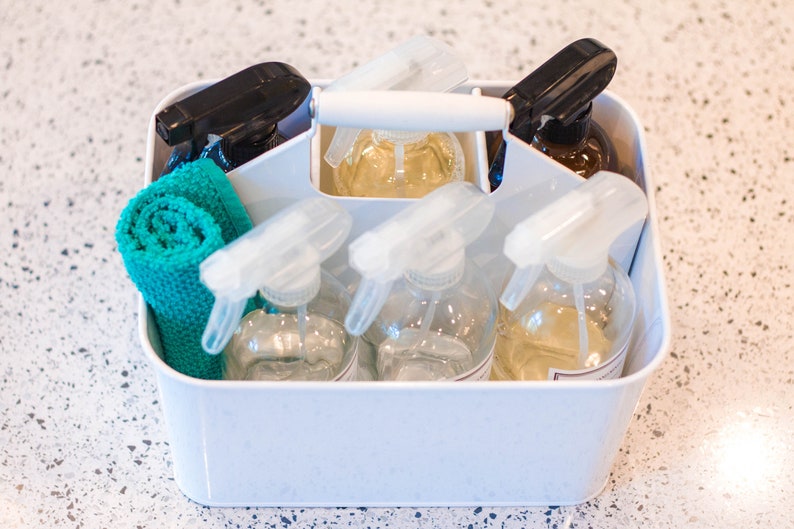
What are the best products for Eliminating Cold and Flu Viruses?
The best products for eliminating cold and flu viruses are those that contain active ingredients such as ethanol, isopropyl alcohol, or chlorine. Products that claim to be “antibacterial” may not kill viruses, so make sure to check the label carefully. Additionally, disinfectants with bleach work wonders as well.
Here are some great products to eliminate viruses after being sick:
- Force of Nature (this is my absolute FAVORITE and has been scientifically proven to clean as well as bleach…but it only has 3 ingredients!)
- Steam Cleaner (perfect for regularly cleaning during cold and flu season as well)
- Clorox Disinfecting All-Purpose Cleaner
- Lysol Disinfecting Spray
- Microban Disinfecting Spray (24-hour Sanitizing)
- Tide Antibacterial Fabric Spray (I’m obsessed with this one!)
- Clorox Disinfecting Mist (amazing reviews!)
- Lysol Laundry Sanitizer (this is a staple at our house)
- Disinfecting Wipes
TOOLS YOU’LL NEED
Is it good to air out your house after being sick?
There are few things that feel better than letting in lots of fresh air after someone has been sick. It can help to clear out the virus and bacteria that may still be lingering in the air from a cold or flu. Additionally, opening windows and using fans helps circulate air throughout the house, which can help to prevent cross-contamination if more than one person is sick.
One of my favorite products to use when cleaning the air is an ozone generator. It is very important to note that you only use an ozone generator when no people or animals are in the room. Don’t let people and pets enter the area until 30 minutes after ozone generation ends. It kills germs and smells amazingly well.
I typically open the windows to freshen the air for a few minutes (then close them), then I turn on the ozone generator, leave the room, and close the door. Even better if you use it when you’re running errands.
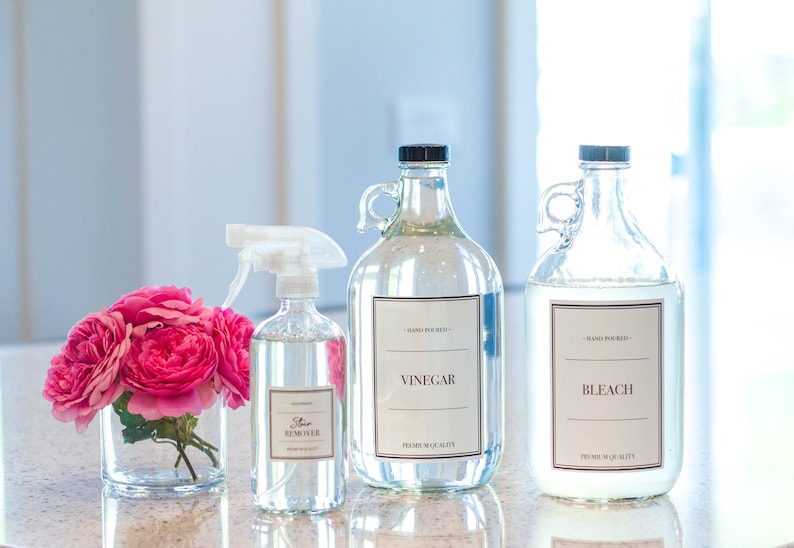
How do you wash bedding after being sick?
Bedding is one of the most important places to disinfect after the flu. Often, someone in your household is feeling sick enough to lay in bed for sometimes days…so it’s important to use sanitizing laundry soap.
Bedding is different than hard surfaces because flu germs can get deep into the fibers. So, I recommend washing in hot water and adding a half cup of white vinegar to your laundry load (in addition to detergent). Also, use an extra rinse cycle for good measure.
Don’t forget to wash stuffed animals!
If you have access to an ozone generator, it can be used too on sheets, pillowcases, and blankets. They work really well on surfaces that can’t be cleaned as easily.




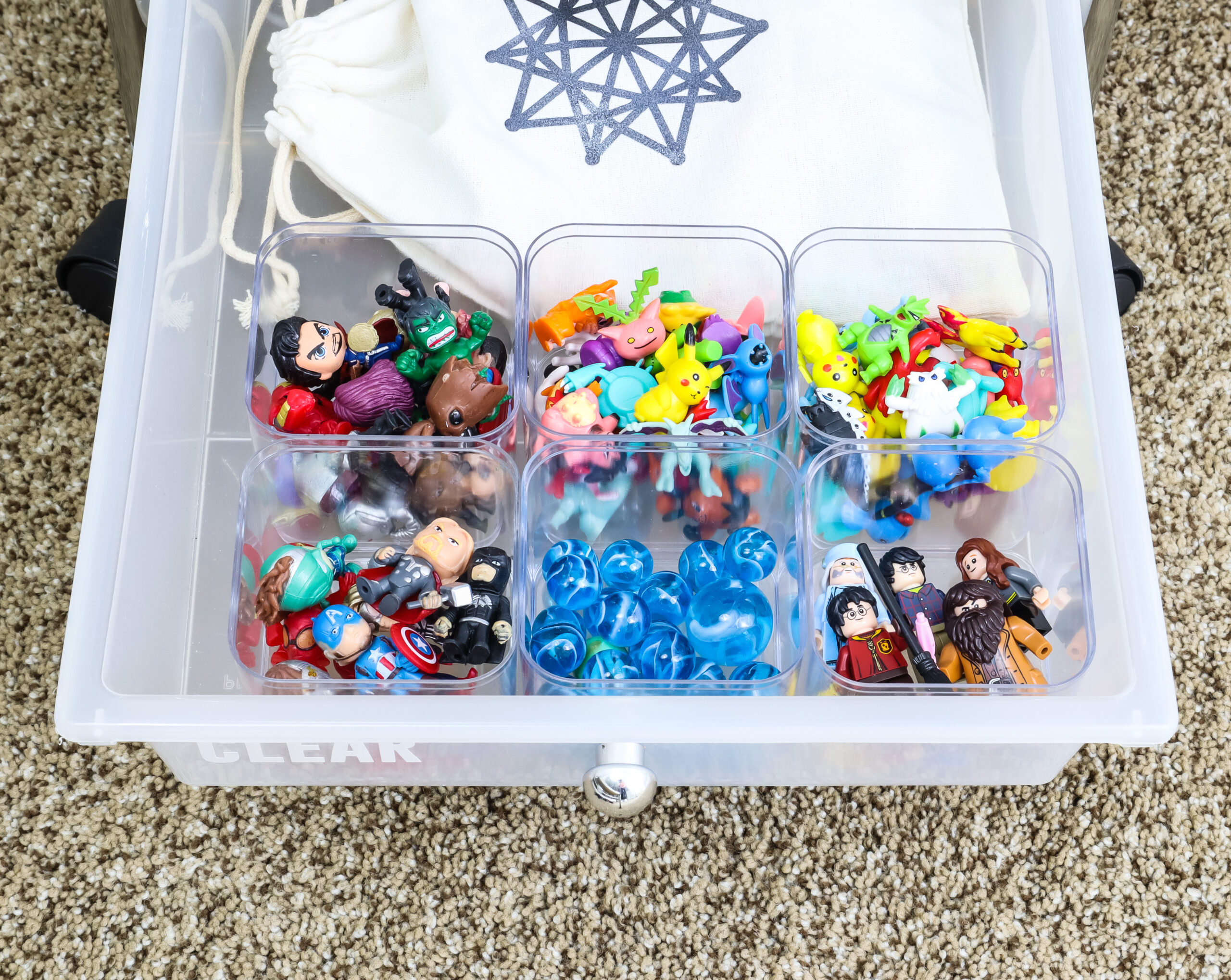
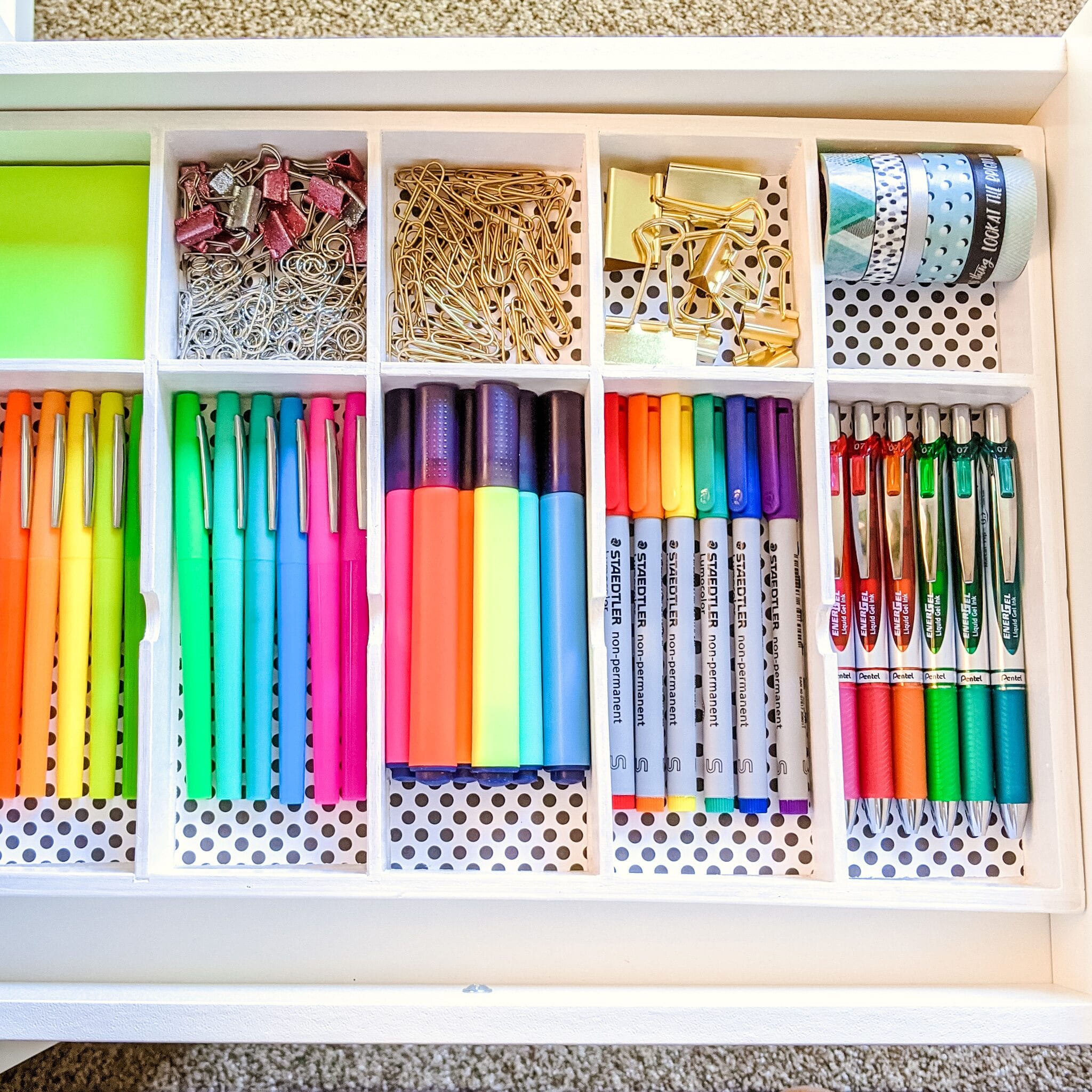

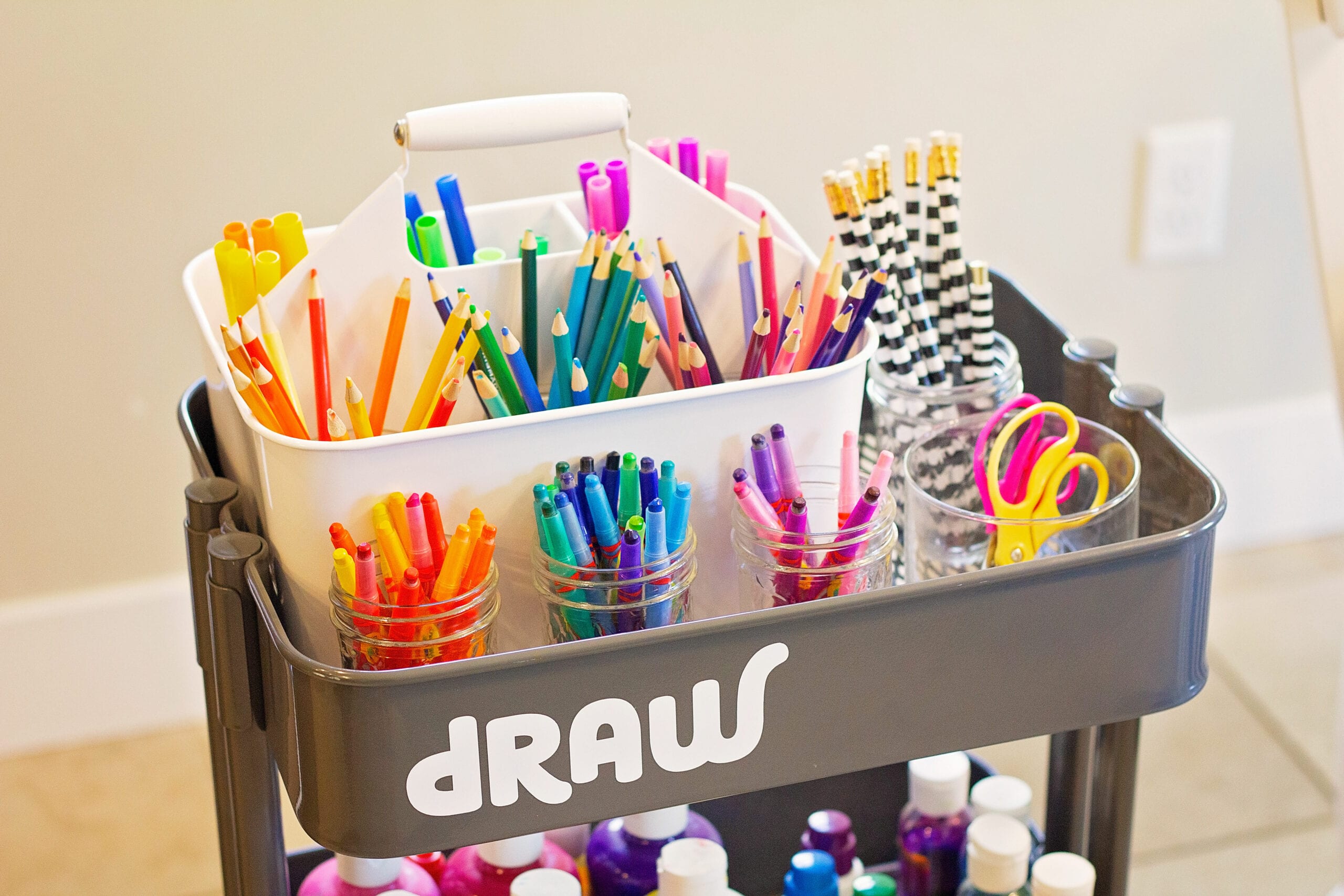
This post came at the perfect time! My husband and I were both sick this last week. I do most of your suggestions when family members are sick but this time I was the one who was down. I still tried to wipe areas with disinfectant wipes and hydrogen peroxide when I could. Airing out the house this time has been a bit trickier since we been having rain. I am not quite running 100% so cleaning process is bit slower than when it’s others that have been sick. Thank you for posting these great tips!